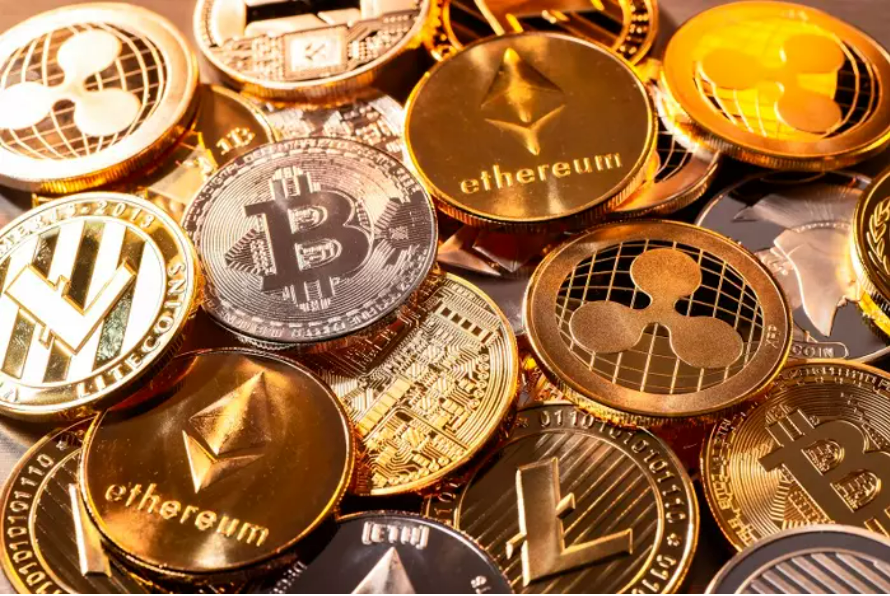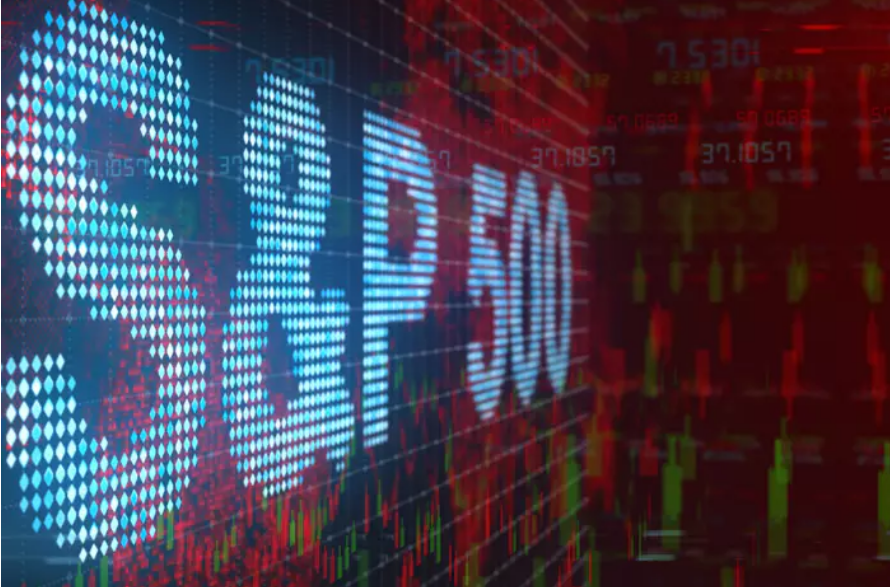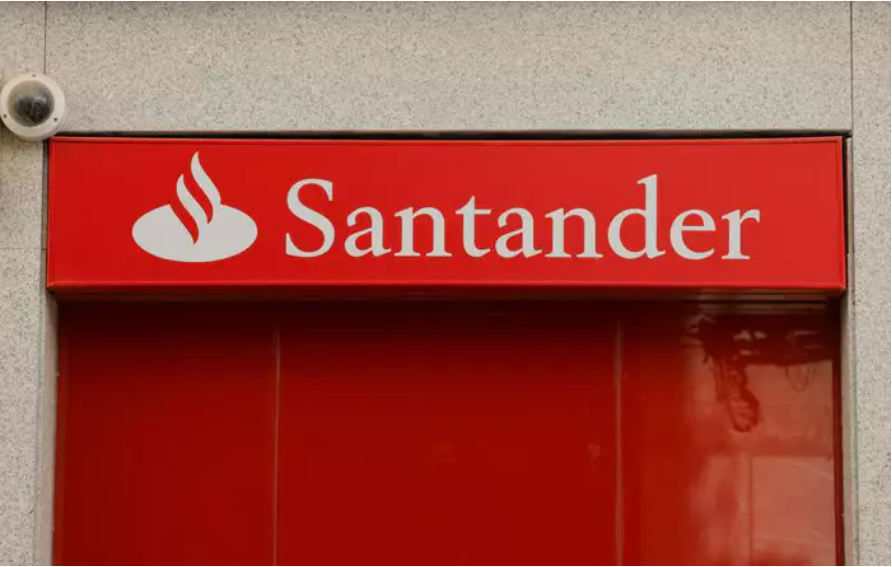
Cory Russell
Nov 07, 2022 15:06

Using a central bank digital dollar to shorten settlement times in foreign currency markets, according to a senior Federal Reserve Bank of New York official, has potential.
The head of the bank's markets division, Michelle Neal, did not indicate that the introduction of a central bank digital currency, or CBDC, was near. But she said that bank research has shown how this particular kind of money may help an important aspect of the financial system.
Neal said in the text of comments prepared for a conference in Singapore that foreign currency spot transactions "are crucial in the context of cross-border payments, and serve as a building block for lengthier, more sophisticated transactions." She said that there is potential for improvement since the settlement of these deals takes roughly two days.
A Fed digital dollar used in wholesale transactions, together with the capability to record transactions, "results in immediate and atomic settlement," the research endeavor claims.
In less than 10 seconds, on average, settlement might happen, according to Neal's study, "indicating that horizontal scalability was viable."
The Federal Reserve has been looking on ways to introduce a totally digital dollar, known as Fedcoin by some. According to Fed officials, elected officials would need to endorse the launch of any such asset.
Some central bankers have questioned the need of a CBDC for the United States.
Before the New York Fed's report on the study project was released, Neal made his remarks.
The first phase of work "revealed promising applications of blockchain technology in modernizing critical payments infrastructure," according to Per von Zelowitz, director of the bank's New York Innovation Center, in that press release. "Our inaugural experiment provides a strategic launch pad for further research and development regarding the future of money and payments from the U.S. perspective," he added.
The research issued a warning that its conclusions "are not meant to achieve any particular policy result" and did not have consequences for the implementation of a completely digital central bank currency.

Nov 04, 2022 17:09

Nov 07, 2022 15:09